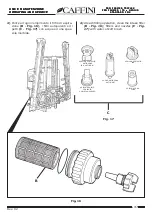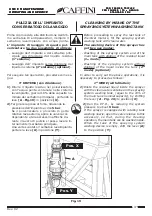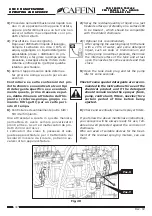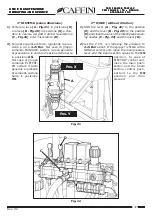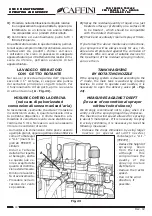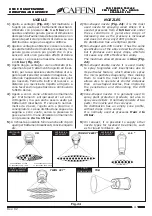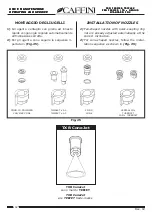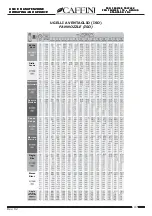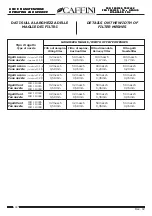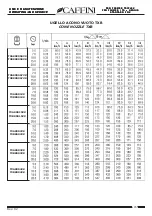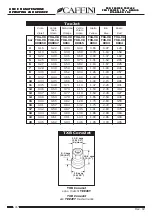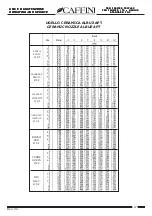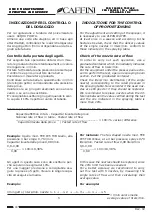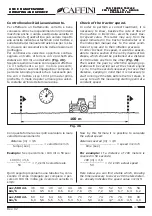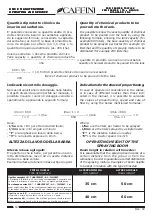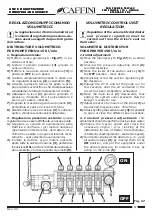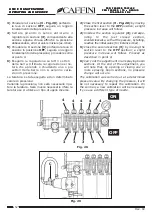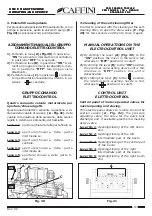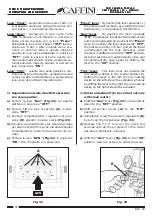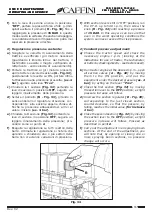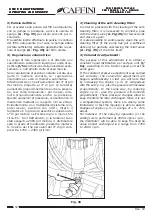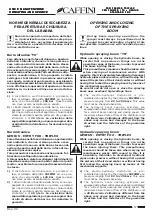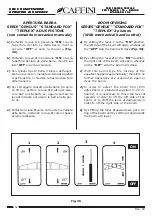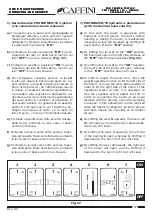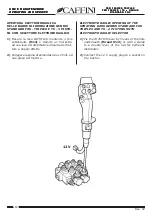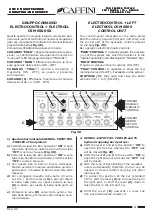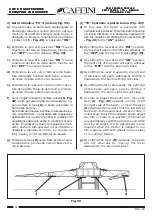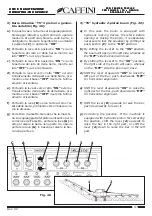
49
12345678901234567890123456789012123456789012345678
12345678901234567890123456789012123456789012345678
12345678901234567890123456789012123456789012345678
12345678901234567890123456789012123456789012345678
12345678901234567890123456789012123456789012345678
12345678901234567890123456789012123456789012345678
12345678901234567890123456789012123456789012345678
12345678901234567890123456789012123456789012345678
12345678901234567890123456789012123456789012345678
12345678901234567890123456789012123456789012345678
12345678901234567890123456789012123456789012345678
12345678901234567890123456789012123456789012345678
12345678901234567890123456789012123456789012345678
12345678901234567890123456789012123456789012345678
PRO FARMER TRIPLEX
PRO FARMER TRIPLEX
PRO FARMER TRIPLEX
PRO FARMER TRIPLEX
PRO FARMER TRIPLEX
PRO FARMER / TS • GENIUS
PRO FARMER / TS • GENIUS
PRO FARMER / TS • GENIUS
PRO FARMER / TS • GENIUS
PRO FARMER / TS • GENIUS
STANDARD FOX
STANDARD FOX
STANDARD FOX
STANDARD FOX
STANDARD FOX
USO E MANUTENZIONE
USO E MANUTENZIONE
USO E MANUTENZIONE
USO E MANUTENZIONE
USO E MANUTENZIONE
OPERATING AND SERVICE
OPERATING AND SERVICE
OPERATING AND SERVICE
OPERATING AND SERVICE
OPERATING AND SERVICE
Rev. 02
Fig. 26
Controllo velocità di avanzamento.
Per effettuare un trattamento corretto è bene
conoscere oltre che lo spandimento in l/min della
macchina anche il valore esatto della velocità di
avanzamento. Quest’ultima può variare rispetto
alla velocità indicata sul tachimetro del trattore o
sulla tabella del manuale istruzioni sia per lo sta-
to di usura dei pneumatici che della pressione di
gonfiaggio.
Per controllare la velocità è opportuno contras-
segnare un tratto di terreno con 2 picchetti alla
distanza di 100 mt uno dall’altro
(Fig. 26)
.
Scegliere quindi la marcia con la quale si effettue-
rà il trattamento ai giri motore prescelti;
cronometrare i secondi impiegati per compiere il
percorso tenendo presente che è necessario par-
tire con il trattore circa 10 mt prima del primo
picchetto, in modo da poter arrivare già a veloci-
tà costante all’inizio della misurazione.
Check of the tractor speed.
In order to perform a correct treatment, it is
necessary to know, besides the rate of flow of
the machine in liters/min., also the exact trac-
tor speed value. This latter may vary from the
speed indicated in the tractor tachometer or in
the instruction manual due to the wear condi-
tions of tyres and to their inflation pressure.
In order to check the speed, it would be season-
able to mark a section of the run by means of two
stakes, which should be positioned at a distance
of 100 meters one from the other
(Fig. 26)
.
Then select the gear by which the spraying op-
eration will be carried out at the chosen engine
r.p.m.; time the seconds necessary to cover that
distance, keeping in mind that it is necessary to
start running 10 meters before the first stake, in
a way to reach the measuring starting point at a
constant speed.
Con questa formula ora si potrà calcolare la reale
velocità di avanzamento:
distanza (m) × 3,6
_____________________ = velocità in km/h
tempo (sec.)
Esempio:
Se si percorrono i 100 mt in 50 sec.:
100 (m) × 3,6
______________ = 7,2 km/h velocità reale
50
Now by this formula it is possible to calculate
the actual speed:
distance covered (m) × 3,6
_____________________ = speed in km/h
time (sec.)
For example:
If a distance of 100 meters is
covered in 50 seconds:
100 (m) × 3,6
______________ = 7,2 km/h
actual speed
50
Qui di seguito proponiamo una tabella che, cono-
scendo il tempo impiegato per compiere il per-
corso di 100 mt, indica già il valore di velocità in
km/h:
sec/100 mt.
36
38
40
42
44
46
48
50
52
54
56
58
km/h
10
9.5
9.0
8.6
8.2
7.8
7,5
7,2
6,9
6,7
6,4
6,2
sec/100 mt.
60
62
64
66
68
70
72
74
76
78
80
90
km/h
6,0
5,8
5,6
5,5
5,3
5,1
5,0
4,9
4,7
4,6
4,5
4,0
Here below you can find a table which, knowing
the time necessary to cover a 100 meters distan-
ce, already indicates the speed value in km/h:
100 m

